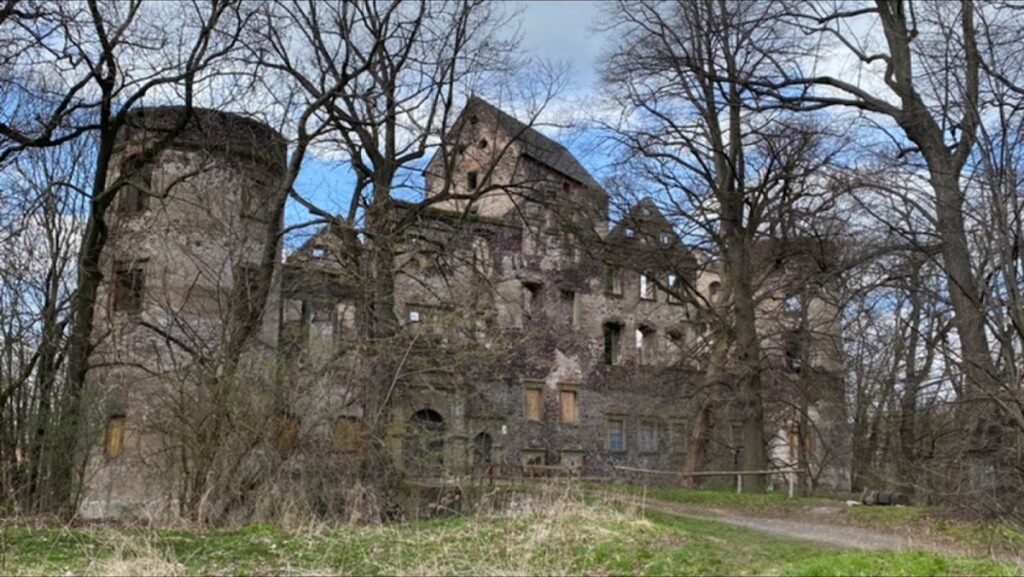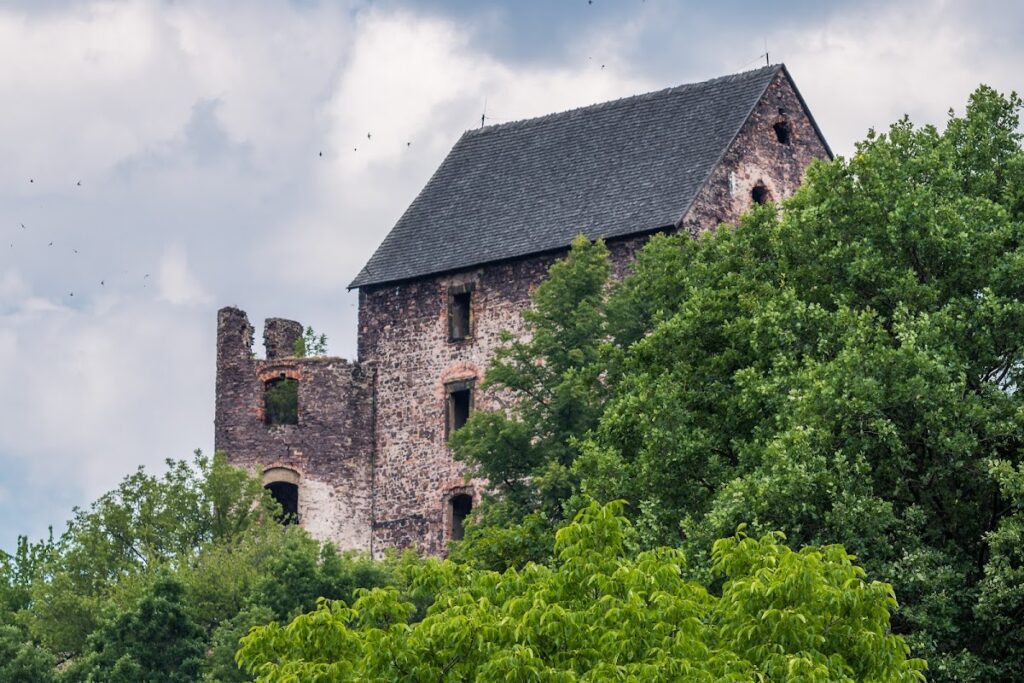Świny Castle: The Oldest Castle in Lower Silesia, Poland
Visitor Information
Google Rating: 4.6
Popularity: Medium
Google Maps: View on Google Maps
Official Website: www.zamekswiny.pl
Country: Poland
Civilization: Unclassified
Remains: Military
History
Świny Castle, situated near the municipality of Bolków in present-day Poland, was constructed by medieval European settlers in the region historically known as Lower Silesia. It holds the distinction of being the oldest castle in Lower Silesia and the oldest non-ducal castle on Polish lands today.
Family tradition of the von Schweinichen knights connects the castle’s origins to around 760 AD, alleging it began with a Bohemian knight named Biwoy who was rewarded with land after killing a wild boar. However, the earliest documentary evidence of the estate’s possession by this family dates only from the 12th century. The first written reference to the castle appears in 1108, recorded by the Bohemian historian Cosmas of Prague, who called it “Castrum Suini,” located in Poland. Later, a papal document from 1155 refers to it as “Zpini,” highlighting its recognized presence in medieval records.
During the 13th century, Świny Castle operated as a ducal castellany, a type of administrative and military center, overseeing a vital trade route linking Wrocław with Prague. Toward the end of this century, the administrative functions of the castellany were transferred to the nearby settlement of Bolków, signaling a shift in regional governance. Through the centuries, the castle remained under the ownership of the von Schweinichen family until 1713. Afterward, it passed to other noble owners including the von Schweinitz family and later the Austrian counts Hoyos von Sprinzenstein. In 1941, the castle was sold to the state, returning to private ownership in 1991.
Remarkably, Świny Castle avoided destruction during major conflicts such as the Hussite wars and the Thirty Years’ War. In the 17th century, it was expanded significantly to contain approximately 300 rooms, making it the largest castle in the surrounding region at that time. This period also witnessed the castle becoming a hub for mysticism under Johann Sigismund von Schweinichen. He gathered notable mystics like Jakob Böhme, Angelus Silesius, and Abraham von Franckenberg, and established a theosophical circle along with a specialized library.
Despite its grandeur, the castle endured serious damage in 1762 when Russian troops attacked during the Seven Years’ War. This event marked the beginning of a decline in the castle’s condition. The 19th century brought further harm from repeated storms in 1840, 1848, and 1868, followed by a destructive fire in 1876 that gutted the interior. Restoration initiatives began in 1905 under Count Stanislaus Hoyos and progressed irregularly through the 20th century, including roof repairs in the 1930s. After its return to private hands in 1991, conservation efforts have continued to preserve this historic site.
Remains
The layout of Świny Castle spans roughly 18,000 square meters and occupies the end of a long hill, which was historically divided by an eastern wall. The fortress was primarily built from a distinctive brownish-red conglomerate stone, sourced from the surrounding hill composed of quartz porphyry and porphyry tuff. The castle complex included multiple constructions, fortifications, and a nearby parish church reflecting its long history.
The oldest surviving section is a rectangular residential tower erected around 1300 by Hainricus de Swyn as a replacement for an earlier wooden structure. This tower, measuring approximately 18.3 by 12.6 meters, features robust walls about 2.5 meters thick and rises over four upper floors above a vaulted ground level. Remnants of Romanesque round-arched windows remain visible on the tower’s west facade, though many were filled in during extensive renovations in the 17th century. The tower now stands crowned with a shingled gable roof, and a Gothic pointed-arch portal on its west side, marking an old entrance, has also been bricked up.
North of the tower lies the original entrance to the upper castle courtyard, leading toward the 15th-century Middle Castle. Today, only parts of its outer walls, narrow window openings, and remnants of the main gate survive, hinting at its former structure. The newest addition to the castle is the gatehouse or Lower Castle, constructed between 1649 and 1664 by Johann Sigismund von Schweinichen. This quadrangular palace, flanked by two round towers and originally featuring four gables (two remain), presents a façade decorated with geometric sgraffito ornamentation. Its imposing main gate follows the style of a triumphal arch and is adorned with sandstone rusticated window frames and a coat of arms cartouche representing the von Schweinichen family.
Surrounding the castle were defensive walls adapted for the use of firearms, incorporating bastions including a small triangular earthwork bastion southeast of the complex, which served as protection for the lower bailey. These features illustrate the castle’s evolution in response to advances in military technology over the centuries.
Adjacent to the castle stands the parish church of St. Nicholas, originally built in the early 14th century in Romanesque style. It underwent Renaissance remodeling in the late 16th century, resulting in a blend of architectural elements. Inside, the pews, arranged around a central pulpit, exhibit Protestant characteristics with detailed intarsia (wood inlay) decorations and biblical inscriptions selected by Barbara von Rothkirch. The church contains Gothic tombstones belonging to the von Schweinichen family from 1503 and 1566, indicating the close relationship between the castle’s owners and the church. Notably, it once housed a black marble plaque commemorating Jakob Böhme’s last visit, which was lost after 1945.
Despite significant decay during the 19th century due to both natural disasters and fire, partial preservation efforts in the 20th century helped retain the castle’s structural elements, including roofing repairs in the 1930s. Restoration and stabilization work has continued since the early 1900s to safeguard the castle remains and its historical character.










